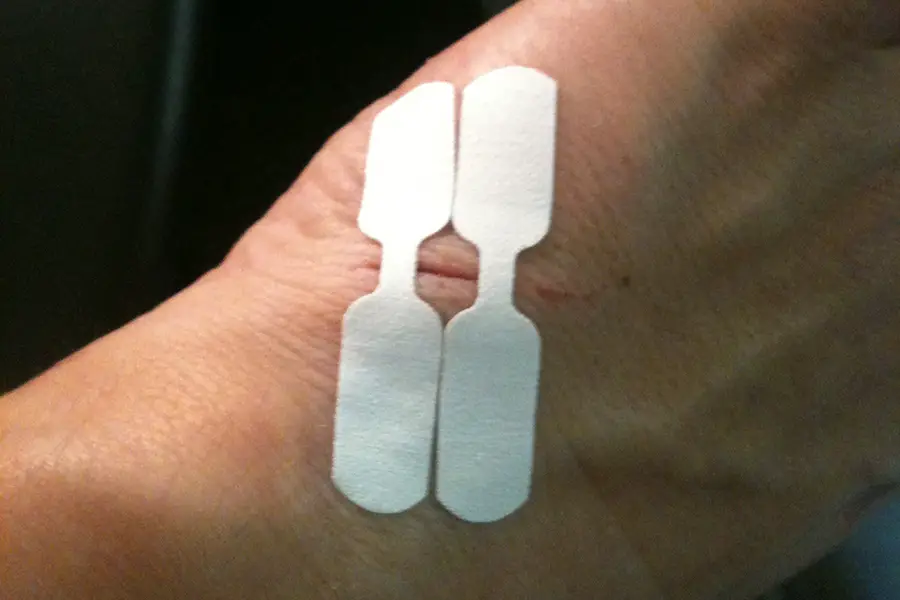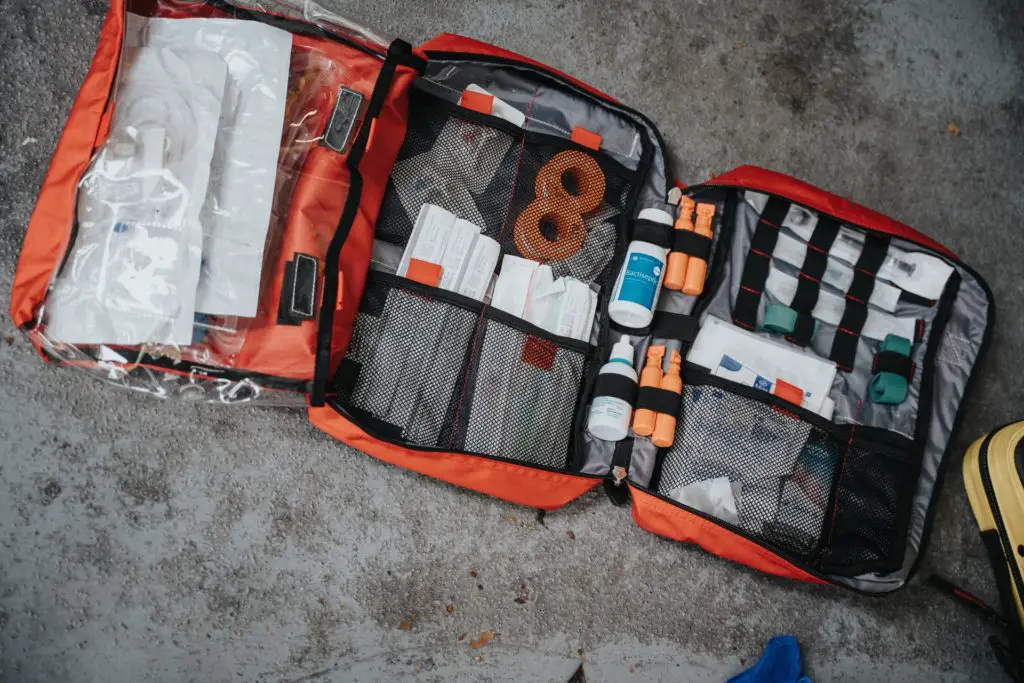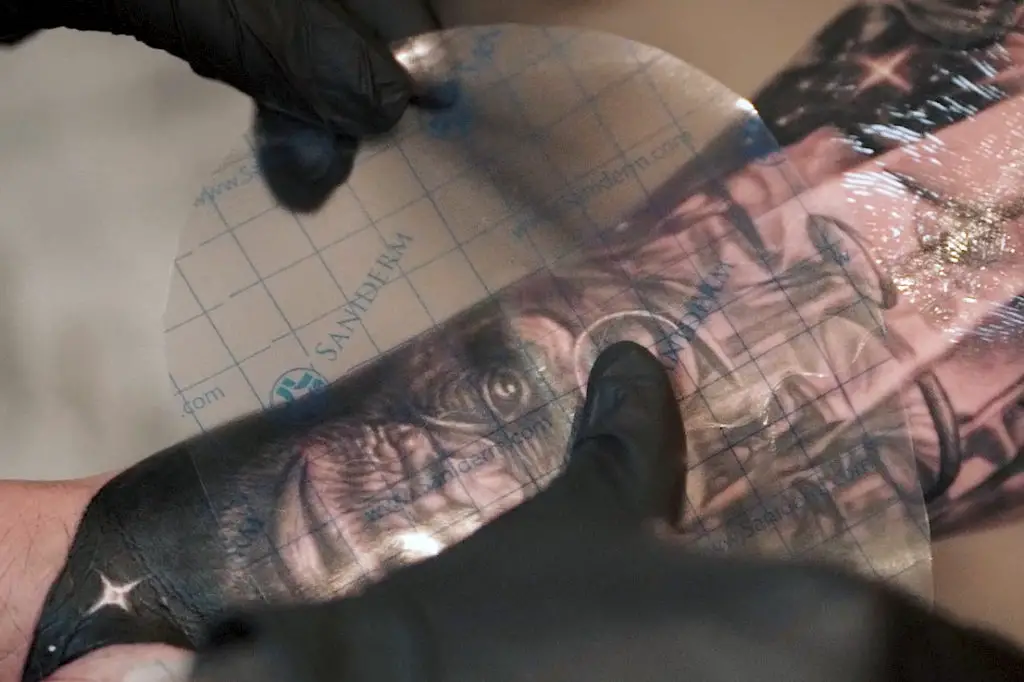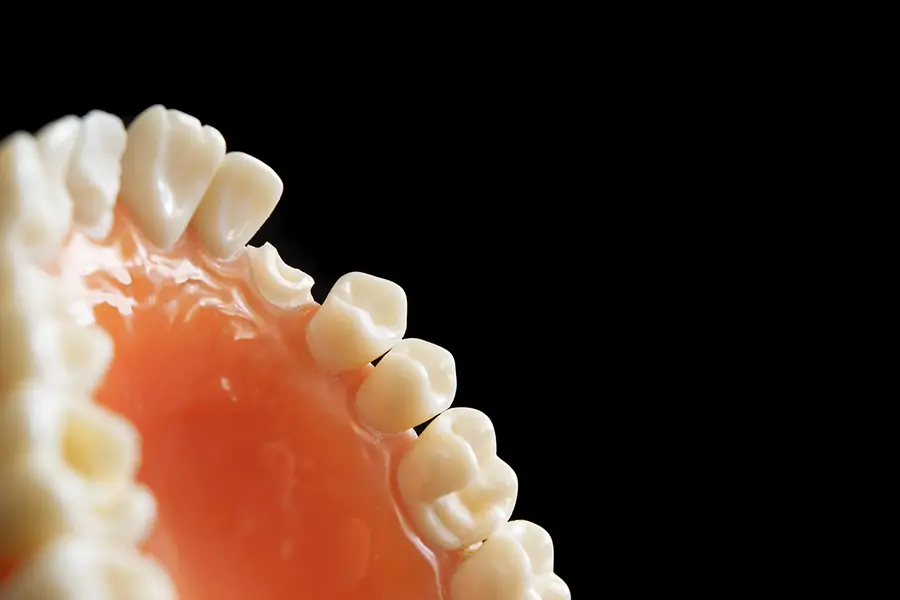Image source (CC BY-SA 2.0 – cropped)
Are you building a first aid kit and need help figuring out what to put in there? One of the most important jobs of a first aid kit is wound care. Butterfly bandages are a tool that you may want to carry in your kit to help properly care for cuts without paying expensive medical bills. By the time you are done reading this, you’ll see why you might want to add butterfly bandages to your first aid kit.
What are butterfly bandages, and what are they used for?
Butterfly bandages are a narrow dressing with adhesive flaps on either side. They are used to help keep wounds such as a cut together so they can heal properly. They aren’t used for treating things such as minor scrapes or abrasions.
Butterfly bandages vs. Steri-strips. Are they the same?
Butterfly bandages and Steri-strips are used in similar situations, but they aren’t entirely the same. Steri-strips are very thin pieces of tape with a strong adhesive, while the butterfly bandages have wide flaps on either side.
What kind of first aid kits are butterfly bandages good for?
Butterfly bandages are an item you can add to any first aid kit; however, there are best suited for home first aid kits and for your prepper first aid kits (see why below). Butterfly bandages are useful for minor lacerations that would normally require you to get stitches or staples.
Warning regarding butterfly bandage use
The problem with butterfly bandages, especially when used in remote locations is that they pull together wounds, enclosing whatever is inside. This makes the wound much more susceptible to infection if it’s not properly cleaned and all possible dirt or infectious material is removed. Do not use butterfly bandages if you’re not 100% sure that the wound has been cleaned thoroughly.
Why is keeping cuts or wounds closed necessary?
The fact is that in many cases, it’s not necessary. Most minor cuts or wounds will heal on their own just fine; however, helping the injury stay closed while your body works will minimize scarring.
Related: Band-Aid Types and Sizes (With Graphic)
Butterfly bandages vs. stitches
Butterfly bandages are less painful and certainly way less expensive than stitches; however, stitches are much more secure, and they are more effective in areas with a lot of movement. Butterfly bandages can be used in place of stitches or staples, but if you look at a cut and think it might need stitches, you should err on the side of caution and quickly seek the appropriate medical attention.
When should you use a butterfly bandage?
Butterfly bandages can be used on cuts with the three s’s.
- The edges of the cut are straight.
- The length of the cut is short (½” or less).
- The depth of the cut is shallow (¼” or less).
When should you not use a butterfly bandage?
While butterfly bandages can save you time and money by avoiding a trip to the ER, there are times when you should not use them.
- The cut has a jagged or irregular tearing of your skin’s tissue along the edges.
- If you can see muscle tissue, fat tissue, or bone, the cut is too deep for the butterfly bandage to be effective.
- You cannot control the bleeding before the application of the butterfly bandage.
- The cut is located on a part of the body that moves a lot, i.e., a knuckle, knee, or elbow.
- You’re not 100% sure that the wound has been fully cleaned.
How to apply a butterfly bandage
Butterfly bandages are applied by following a few easy steps.
- Control any bleeding using direct pressure and a sterile dressing on the injury site. If you cannot stop the bleeding within about 5 minutes, immediately seek medical attention.
- Wash your hands and the skin around the injury site using soap and water. You should remove any dirt/debris from the wound during this step. Doing this reduces your risk of infection.
- Pat the injury site dry using a sterile dressing such as a 4×4.
- Pinch the edges of the injury site together and apply the butterfly bandage horizontally across the cut. If you need to use more than one bandage, they should be placed ⅛” apart.
- Cover the injury site with another dressing such as kerlix or a 4×4. Doing this adds an extra layer of protection against dirt and other debris. After a few days, you don’t need to add the extra layer of security since the wound isn’t as fresh.
Wound care after application
There are many things to keep in mind after applying the butterfly bandage.
- You can use an antibacterial ointment or similar products to keep your cut clean and moist. Keeping the site clean and moist will promote faster healing while decreasing the risk of infection.
- If the edges of the butterfly bandage start to come up, do not pull on them. Doing so could reopen the injury site. Instead, use a pair of scissors to trim the pieces that are coming up.
- The bandages should fall off on their own when they are ready, and they usually stay in place for up to two weeks. If it has been 14-days or more, and the bandages haven’t fallen off, you can carefully remove them similarly to a band-aid.
Signs of infection
It is vital to monitor the injury site for signs of infection during the entire healing process. The signs of infection include, but are not limited to:
- Redness around the injured area
- Tenderness
- Excessive swelling that isn’t decreasing
- Puss oozing from the wound
- The skin around the wound becomes hot to the touch and painful
- Swollen or tender lymph nodes
- Fever, chills, or lethargy that are not explainable by another illness
If you notice any of the things listed above, you should seek further medical attention at the closest appropriate facility.
Other options
The butterfly bandage is a basic but effective design for treating your cuts. There is another similar option available, known as zip stitches. This style essentially combines a butterfly bandage with a zip tie across the top. You place the adhesive part of the dressing across the wound horizontally before cinching the sides together using the plastic zips. A great example is the ZZIP from My Medic.
Final thoughts
First aid kits are a valuable tool at home, but they are essential to carry when participating in outdoor adventures where medical treatment isn’t readily available. One item to consider adding to your first aid kit is butterfly bandages. When used correctly and all precautions have been taken to avoid infection, using them in your kit will help ensure your cuts heal properly without costly trips to the ER!







